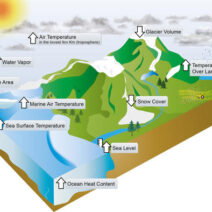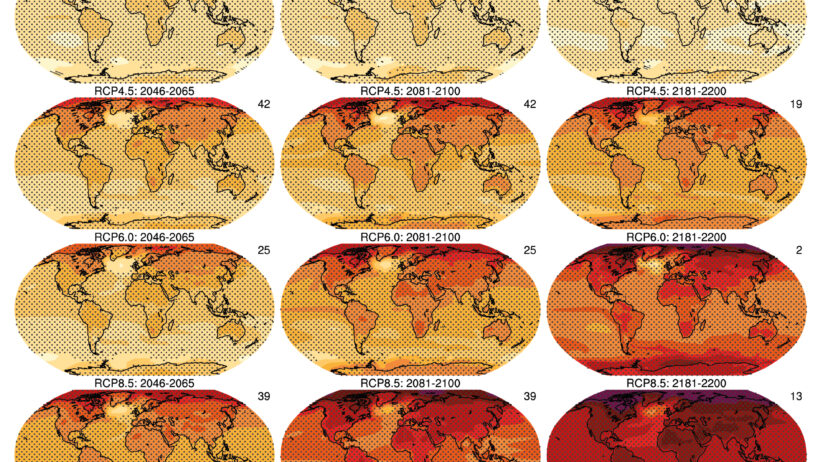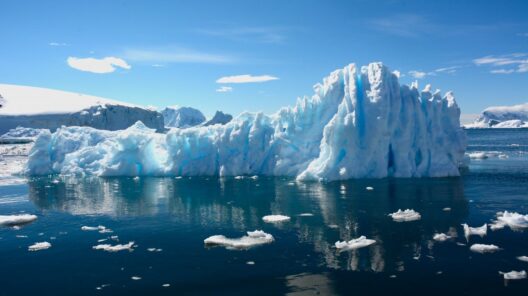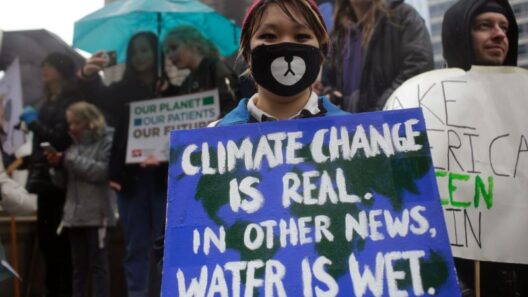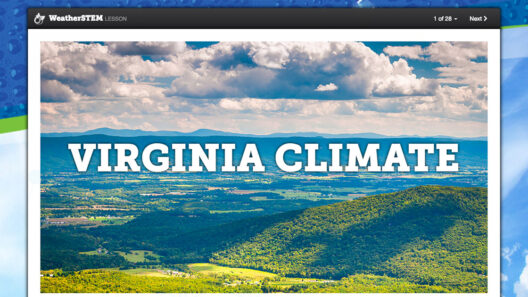The Earth’s climate is an intricate and dynamic system that has undergone substantial transformations throughout geological epochs. To comprehend the current and impending ramifications of climate change, it is imperative to examine the historical patterns that have shaped the planet’s climate. This analysis not only reveals a cyclical nature of climatic variations but also intertwines with the anthropogenic influences that exacerbate these changes. By addressing these past patterns, we can delve into our society’s future fears regarding climate transformation.
Throughout the planet’s history, from the Archean Eon to the present, the Earth’s climate has oscillated between periods of warmth and cold. Geological evidence indicates that during the Precambrian era, the Earth was significantly warmer, characterized by high atmospheric carbon dioxide levels and a lack of ice at the poles. The formation of supercontinents, such as Pannotia, brought about profound changes, driving glaciation events, including the notable Snowball Earth phenomenon, which occurred around 700 million years ago. In this episode, the entire planet was covered by ice, establishing an essential baseline for understanding the subsequent climatic shifts.
As we transition into the Phanerozoic Eon, the climate oscillations become more pronounced. The Paleozoic Era, encompassing the Cambrian through the Permian periods, witnessed substantial climatic fluctuations. For instance, the Carboniferous period was marked by vast swamp forests, leading to a decrease in atmospheric carbon due to the burial of organic materials. However, with the dawn of the Mesozoic Era, the climate experienced a notable warming trend, primarily due to massive volcanic activity and the tectonic movements that reshaped continents.
The end of the Mesozoic Era culminated in the Cretaceous–Paleogene extinction event, approximately 66 million years ago. This cataclysm resulted in significant ecological upheaval, giving rise to new climatic conditions that ultimately favored mammals. The Cenozoic Era, initiated after this extinction event, has been characterized by gradual cooling, punctuating periods of glaciation, most notably during the Quaternary period, leading to the current interglacial phase known as the Holocene.
What is remarkable about these historical climate shifts is the natural feedback mechanisms that contributed to long-term changes. Positive feedback loops, such as the albedo effect, illustrate how ice melts, revealing darker ocean or land surfaces that absorb more solar energy, further inducing warming. Conversely, negative feedback mechanisms, like increased cloud cover, can mitigate warming by reflecting sunlight back into space. Understanding these feedback systems provides crucial insights into potential future scenarios and the implications of current greenhouse gas emissions.
In recent decades, there has been an unprecedented acceleration in climate change, primarily driven by human activities. The Industrial Revolution marked a pivotal moment, as fossil fuel combustion released vast amounts of carbon dioxide and methane into the atmosphere. This anthropogenic influence has substantially altered the natural greenhouse effect, leading to a rise in global temperatures, unprecedented in the context of the last several millennia.
In addressing the intersection of past climatic patterns and contemporary fears, one cannot overlook the phenomenon of climate anxiety gripping populations worldwide. The unpredictability of climate models and the potential for extreme weather events prompt a pervasive sense of apprehension. Increasingly intense hurricanes, augmented droughts, and catastrophic flooding events evoke stark reminders of the planet’s vulnerability.
Moreover, micro-level implications arise from these macro-level changes. Ecosystems are under siege from shifting climatic conditions, leading to habitat loss and species displacement. Coral reefs, often referred to as the rainforests of the sea, are rapidly declining due to ocean acidification and rising sea temperatures. The intricate balance of marine biodiversity is threatened, creating ripple effects through food webs and local economies dependent on fishing and tourism.
In addition to ecological ramifications, the socio-economic dimensions of climate change cannot be understated. Populations, especially in developing regions, are disproportionately affected by environmental changes. Limited resources, combined with constraints in urban planning and infrastructure resilience, exacerbate vulnerabilities. As migratory patterns shift and natural disasters become more frequent, climate refugees emerge, igniting socio-political discourse regarding responsibility and reparations.
Education and advocacy serve as indispensable components in addressing these fears. Both individuals and collectives can harness knowledge to promote sustainable practices, urge systemic change, and advocate for policies aimed at mitigating climate change. The dissemination of information surrounding historical climate patterns cultivates a better understanding of humans’ role as stewards of the Earth. By learning from the past, societies can forge a path towards a more sustainable future.
In conclusion, the tapestry of Earth’s climate history is woven with intricate patterns and complex interactions. The cyclical nature of climatic changes, influenced by both natural and anthropogenic factors, exposes the fragility of our planet. While the skepticism surrounding climate change persists, the evidence becomes harder to dispute as patterns unfurl in unpredictable and often alarming ways. By acknowledging the lessons from the past, humanity has an opportunity to mitigate the profound fears of the future, embracing a response grounded in knowledge, commitment, and action.


